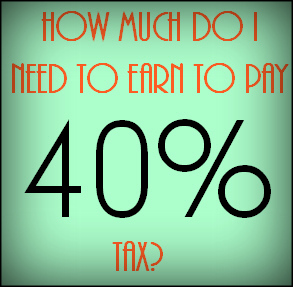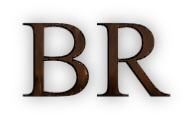 Currently the higher rate of tax for those who earn a certain amount stands at 40%. So you may wonder how much do I need to earn to pay 40% tax?
Currently the higher rate of tax for those who earn a certain amount stands at 40%. So you may wonder how much do I need to earn to pay 40% tax?
Tax Code
The way to work out this is to firstly take a note of your tax code which will dictate how much personal allowance you have for that tax year. For the year 2018/19 the standard personal allowance is £11,850 which will give you a tax code of 1185L.
If you don’t have that tax code then you need to take the tax code you have and multiply it by 10 to give you your personal allowance.
20% Tax Band
Next add on to that figure the amount that you can earn on which you pay 20% tax. You can see the current rates for the relevant tax years here, but for 2018/19 the 20% tax band amounts to £34,500.
So you add your personal allowance (let’s say you get the full rate of £11,850) to the 20% tax band (£34,500) and you get a total figure of £46,350.
This means that once your earnings are over £46,350 for the tax year (in this example 2018/19) then you will start paying tax on those earnings at the rate of 40%.
Note that you only pay tax at 40% on earning over that figure, not on the whole amount.
Additional Tax Rate
In addition to that there is a 45% tax rate on earnings over £150,000 (at which point you don’t get a personal allowance) so that would be the point at which you would start paying tax at what is know as the additional rate.
Obviously everyone’s circumstances are different and you should also take account of other benefits in kind and additional earnings.
This is just to give you a guide number of when to think about your entry into a higher tax bracket and what that could mean to you.
It may be worth speaking to a financial adviser to get any advice you need to take account of this additional tax rate.

 If you have been given a tax code notice and you are wondering ‘what does tax code BR mean?’ then here is an explanation.
If you have been given a tax code notice and you are wondering ‘what does tax code BR mean?’ then here is an explanation.